Column Introduction: Japan’s land and its wood culture

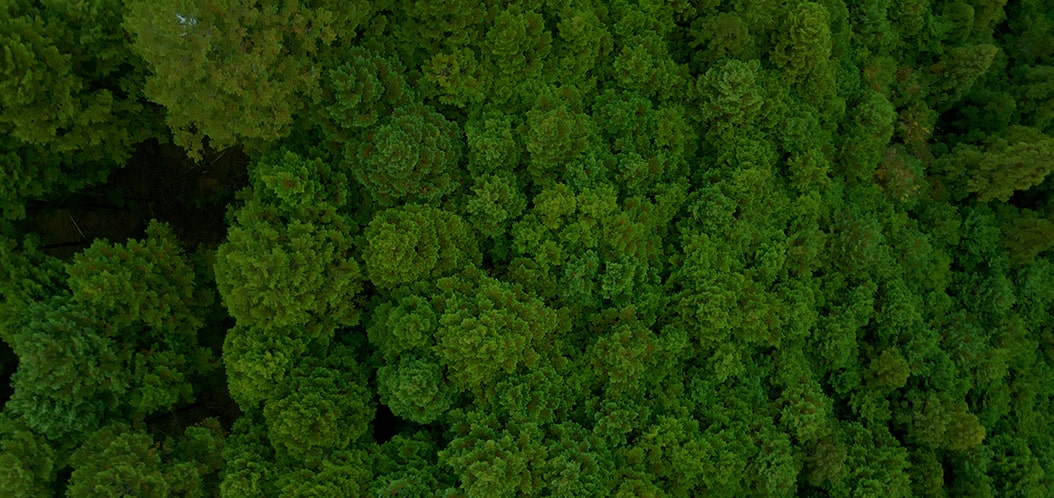
Introduction: Japan’s land and its wood culture
The ratio of forest area to national land is referred to as the “forest ratio.” Japan’s forest area is approximately 25 million hectares, and the forest ratio is around 66%, meaning two-thirds of the country’s land mass is forested. It is comparable to Finland and Sweden, which have the world’s highest forest ratios.
Since the average forest ratio in the world is roughly 30%, it is evident how Japan is considered one of the most forested countries in the world.
For this reason, since ancient times, most things that exist around Japanese people have been made from wood, including buildings, furniture, and tableware. Then the question lies why are there so many forests in Japan? Let us consider this mystery from the perspective of the origins of Japan’s land.
The origin of Japan and the rainy and snowy climate it faces
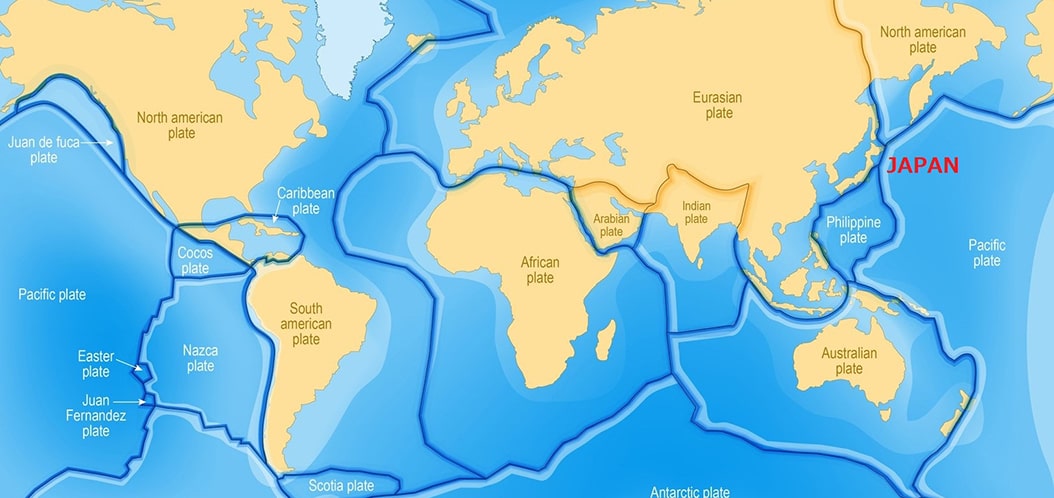
Japan was once part of the Eurasian continent, like Europe and China. It separated from Eurasia around 20 million years ago due to the movement of plates (bedrock) covering the Earth’s surface. Studies have found roughly 14 to 15 large plates on the Earth. Coincidentally, Japan is located where four of these plates collide – the only such country located above this number of convergent plates.
The movement of these four plates had ripped away the land from the continents, allowing seawater to enter between the continents and the land, separating Japan as an island.
Over time, the four plates, which continued to shift, began to push against one another and collide. The collision of the plates compressed and uplifted the land, creating high, steep mountain ranges. As a result, Japan became one of the most mountainous countries in the world, with roughly 73% of its land covered by mountains.
Furthermore, being separated from the continent brought with it much rain and snow. There are two reasons for the vast amount of rain and snow experienced.
First are the typhoons; studies have shown that there are eight typhoon-prone areas worldwide, and the area that produces the most typhoons is south of Japan, around the Philippines in summer.
Typhoons that form there are carried northward by the summer monsoon in the northern hemisphere. They then pass over the Japanese archipelago, bringing strong winds and heavy rainfall. According to data collected by the Japan Meteorological Agency, an average of 26.4 typhoons each year formed in the sea around Japan in the 59 years from 1951 to 2009.
Another cause is the existence of an ocean (Japan Sea) between Japan and the continent that was created as the plates drifted apart. In winter, the cold, dry monsoon that flows from Siberia to Japan includes a large amount of moist air as it passes over the Japan Sea. The cold, moisture-laden air that arrives hits Japan’s rugged mountain ranges, bringing down large amounts of snow. As a result, typhoons in summer and heavy winter snow make Japan the fourth wettest country in the world, after Indonesia, the Philippines, and New Zealand.
The snow that falls in the winter melts in the spring, providing a major source of water that helps the growth of many trees in Japan, which progresses further with the arrival of summer. The strong sunshine and a large amount of rain brought by typhoons further promote the growth of trees.
Distribution of trees and shrubs in Japan
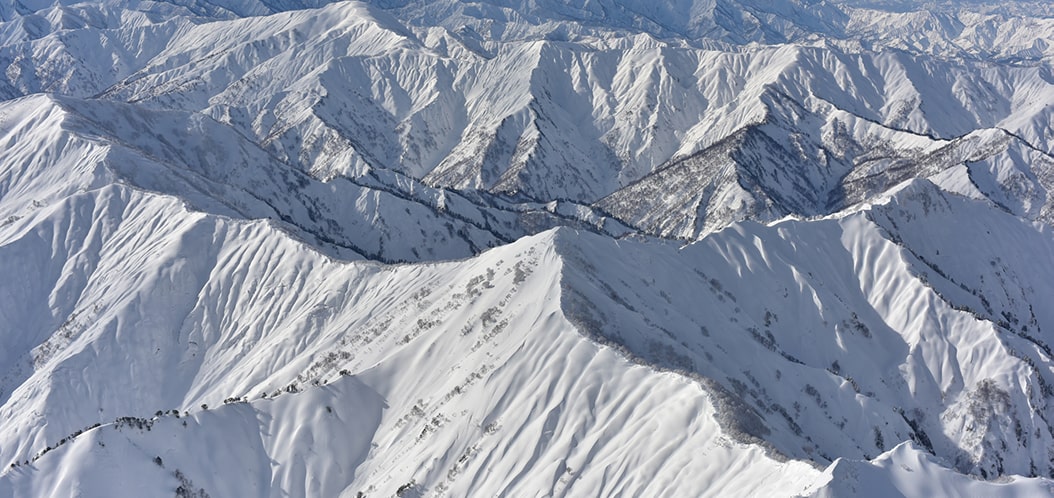
As the four plates separated Japan from the continent, and the force of the plates caused high mountain ranges to fill the country, it, in turn, brought a great deal of rain and snow, making Japan one of the most heavily forested countries in the world.
The land was formed along the plate collision points, resulting in a long and narrow country from north to south. The difference in latitude from the northernmost to the southernmost tip of Japan is 2,787 kilometers.
Most of Japan has a temperate climate, but parts of the country, such as Hokkaido, are subarctic, while Okinawa is subtropical; moreover, the climate differs significantly between the north and south.
In fact, the difference in the average annual temperatures can vary up to 15 degrees Celsius or more, but there are not many countries with a land area as large as that of Japan, let alone China or Russia, that have such a sizeable climatic difference.
As a result, in eastern Hokkaido, evergreen coniferous forests such as “Ezomatsu,” which are common in cold and mountainous regions, are found. Meanwhile, from western Hokkaido to the mountains of the Koshinetsu region, deciduous broad-leaved forests such as “Konara” and “Kunugi” can be found.
From the Chubu region west of the Koshinetsu region to the lower mountains of the Kyushu region, evergreen broad-leaved forests of evergreen trees such as “Shii” and “Kashi” with thick glossy leaves can be seen. Additionally, in Kagoshima and Okinawa Prefectures, mangrove forests, which are made up of trees that can survive in seawater, such as the “Mehirugi” and the “Yaeyama Hirugi,” can be observed.
Moreover, the intense collision of plates has created steep mountains over 3,000 meters high within a short distance from the coastline. From the lowland to the alpine zones, the vegetation varies considerably based on the variation of climatic conditions according to altitude, even in the same area.
Due to the country’s long and narrow north-south axis with different climates in different regions and environmental changes caused by the difference in elevation of steep mountain ranges in the same area, about 700 species of trees can be found in Japan.
Thus through the utilization of these trees in their daily lives, the people of Japan nurtured a history and culture of wood unique to their country. In another column, we will discuss the history and culture of trees as fostered in Japan.
Column
-

Introduction: Japan’s land and its wood culture
-
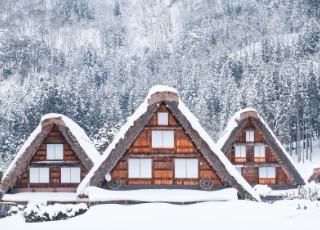
Traditional Japanese wooden homes that can withstand severe climates and earthquakes
-
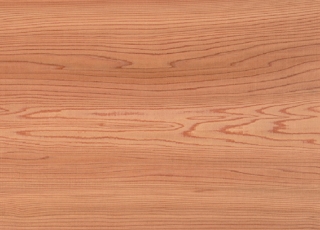
Features of Japanese trees and timber
-
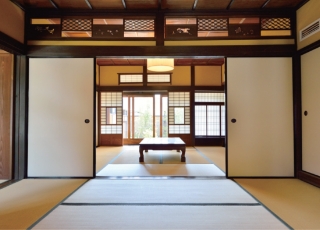
Features of Japanese homes and wooden furniture
-
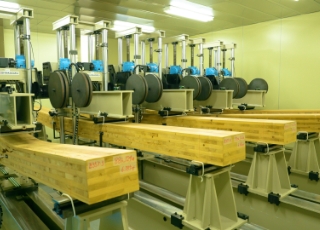
Durability, fire resistance, seismic resistance, and termite-repellent features of Japanese lumber
-
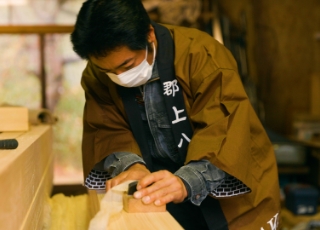
Traditional Japanese woodworking techniques
-

Modern Japanese woodworking techniques

